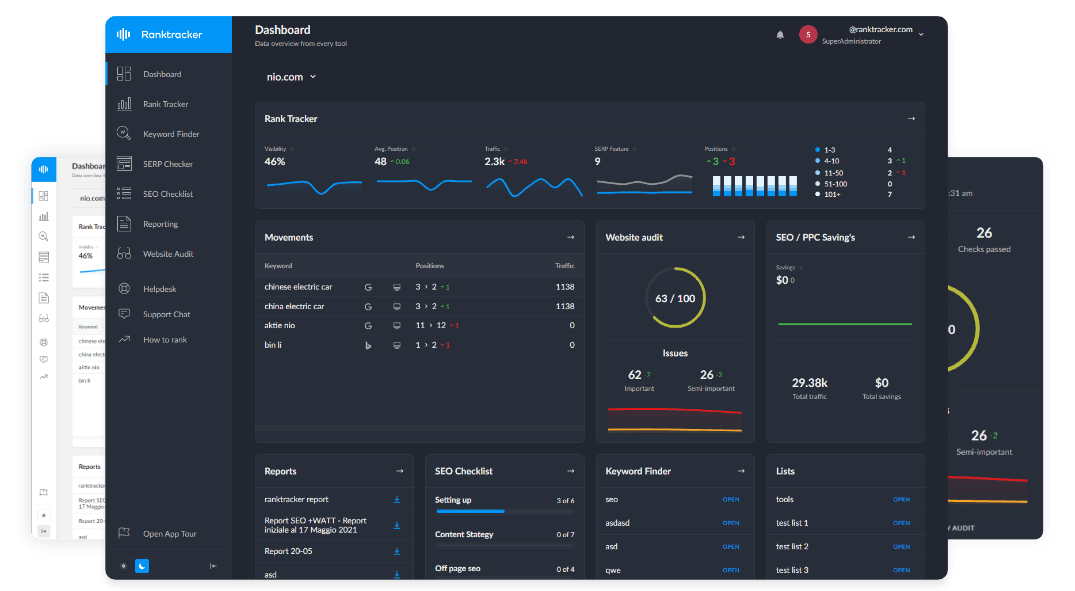Intro
The Role of Humanizing AI for Building High-Quality SEO Content
Not too long ago, the idea of machines writing blogs or product descriptions felt futuristic. Today, it’s an everyday reality. Marketers use AI to draft entire campaigns, students lean on it for essays, and businesses rely on it to fill their websites with copy. The problem? Most of this text reads a little flat. It’s accurate, sometimes even polished, but it rarely feels alive.
Search engines and human readers both notice the difference. If an article sounds robotic, people don’t stay on the page for long, and Google’s algorithms pick up on those signals. That’s why “humanizing” AI content has become so important for SEO.
Why SEO Needs More Than Raw AI
Search engine optimization isn’t only about keywords anymore. Yes, keywords matter, but search engines have grown smarter. They now focus heavily on user experience. Are people clicking, reading, engaging, and sharing?
Raw AI output struggles here. It tends to:
- Repeat phrases in predictable ways.
- Miss emotional cues.
- Over-optimize, making text sound forced.
- Lack subtle storytelling.
The end result: content that technically checks boxes but doesn’t actually rank well.
What Does “Humanize AI” Mean?
To humanize AI is to take machine-written drafts and reshape them until they sound like a real person wrote them. It’s not about tricking readers, it's about making sure content feels conversational, empathetic, and trustworthy.
That often includes:
- Breaking up stiff, uniform sentences.
- Adding examples or little anecdotes.
- Choosing words that match natural speech.
- Adjusting tone so it fits the audience.
Think of it as polishing a rough diamond. The AI gives you the raw stone, but humanization brings out the shine.
The Role of AI Detection
With AI content everywhere, platforms and publishers now use ai detection tools to flag text that looks machine-generated. For SEO, this matters a lot. If a search engine or editor decides your page is “low quality” because it looks automated, rankings drop or in some cases, the page doesn’t get indexed at all.
Passing detection isn’t just about bypassing tools. It’s about making content truly valuable. If readers connect with the writing, algorithms reward it naturally.
Practical Ways to Humanize AI for SEO
Here are a few simple but effective techniques:
- **Use Storytelling ** Instead of opening with generic definitions, start with a scenario or example. Humans connect with stories far more than textbook lines.
- **Mix Sentence Lengths ** Short punchy sentences grab attention. Longer ones explain ideas. The combination feels natural AI usually doesn’t get that balance right.
- **Add Personality ** A small phrase like “let’s be honest” or “you’ve probably noticed this too” makes the text feel like a conversation rather than a lecture.
- **Insert Real-World References ** Bring in industry examples, personal observations, or case studies. AI rarely knows how to tie in current or lived experience.
- **Polish for SEO Without Overdoing It ** Keywords should blend in naturally. If a phrase feels forced, readers notice and so does Google.
Benefits of Humanized AI Content
- Better Rankings: Google rewards pages that keep people engaged.
- More Trust: Content that feels genuine builds brand credibility.
- Higher Engagement: Readers are more likely to comment, share, or act when the writing resonates.
- Efficiency: You still save time using AI drafts; you're just upgrading them instead of starting from scratch.
- Future-Proofing: As detectors and algorithms evolve, humanized text is safer from penalties.
Limitations to Keep in Mind
It’s worth being realistic. Humanizers aren’t flawless:
- If the AI draft is weak, you may still need to rewrite sections by hand.
- Tone adjustments can sometimes go too far, making text too casual for a formal audience.
- Over-reliance on tools can weaken your own writing instincts.
Still, the trade-off is usually positive. A little extra effort can take content from “readable” to “rankable.”
The Balance: Humans and Machines Together
The smartest marketers don’t choose between AI and humans; they combine them. AI creates a draft in minutes, then humanization transforms it into something engaging and SEO-ready.
Think of it as a partnership: AI delivers speed, humans add depth. Together, they create content that’s both efficient and effective.
Conclusion
AI has changed the way we produce content, but it hasn’t changed the basics of SEO: readers want relevance, clarity, and connection. To meet those demands, you can’t rely on robotic text alone. Humanizing AI makes content more relatable, more trustworthy, and ultimately more successful in search results.
The All-in-One Platform for Effective SEO
Behind every successful business is a strong SEO campaign. But with countless optimization tools and techniques out there to choose from, it can be hard to know where to start. Well, fear no more, cause I've got just the thing to help. Presenting the Ranktracker all-in-one platform for effective SEO
We have finally opened registration to Ranktracker absolutely free!
Create a free accountOr Sign in using your credentials
The future of SEO will belong to those who master this balance using AI for scale, and humanization for quality.

